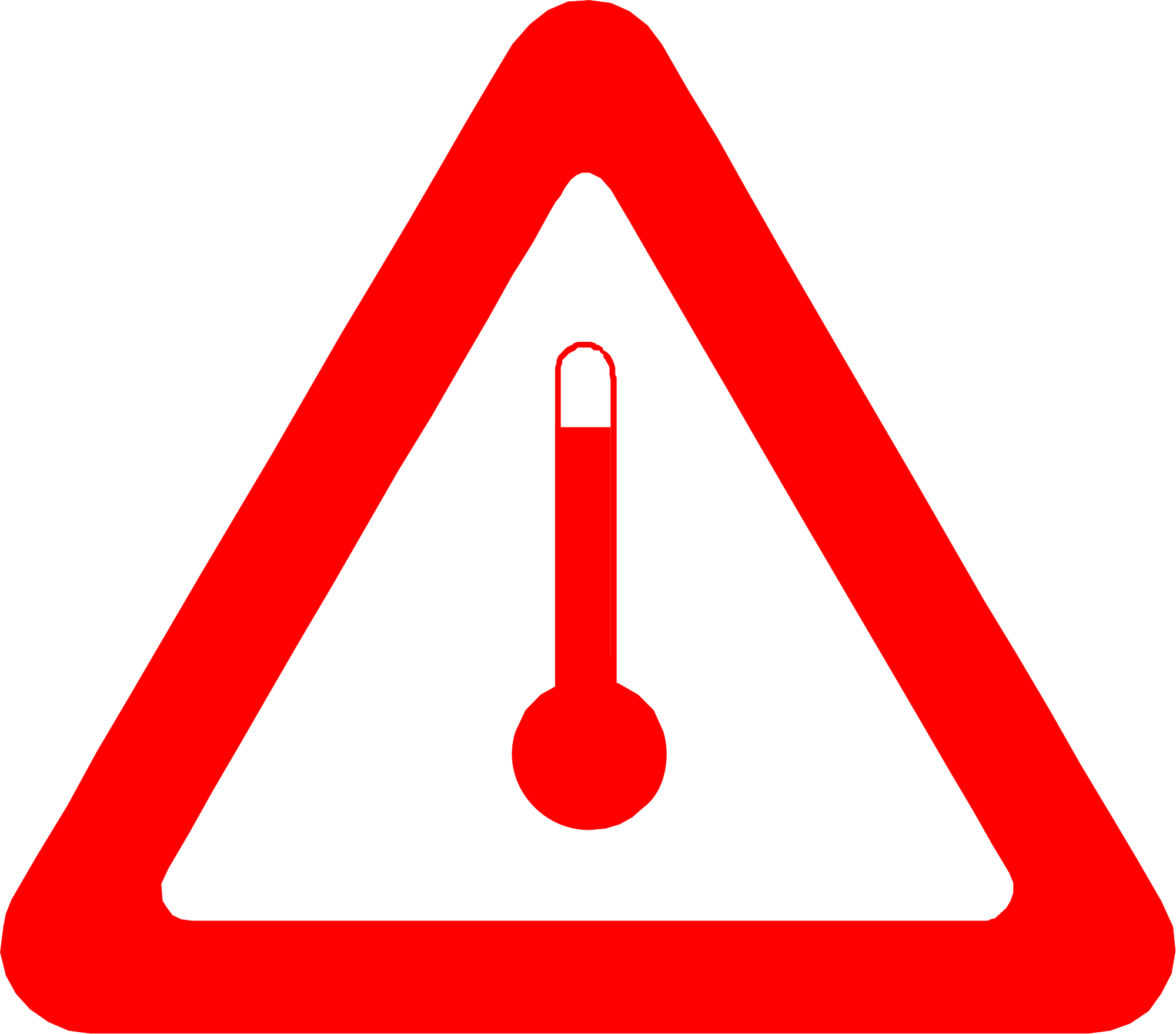Last Friday, Stuff NZ published an article investigating temperature extremes in the workplace: What is the impact of hot weather on work productivity? The following views were published:
Employment Lawyer: Susan Hornsby-Geluk said “although there was no specific law or regulation that determined if it was too hot to work,” and “temperature was complicated as it depended on multiple variables like workplaces, industries and individuals’ thresholds.”
E Tu Union: Jill Ovens said “tired employees could lead to productivity loss, and employers need to make sure their employees are being taken care of. Things like taking breaks, providing cooling packs if the work outside, good air conditioning…”
Employers & Manufactures Association: Kim Campbell said “It’s a discomfort thing, not stifling productivity. Protocols are in place for outdoor workers like breaks, sunscreen for outdoors.”
Why isn’t there a Temperature Extremes ‘Stop Work’ Rule?
The Canadian’s had the best answer on their CCOSH website:
Occupational exposure limits or guidelines for exposure to high temperatures actually depend on a number of factors, not just the temperature. These other factors include:
- relative humidity
- exposure to sun or other heat sources
- amount of air movement
- work demands – i.e. how physically demanding the work is
- is the worker acclimatized or un-acclimatized to the workload under the conditions of work
- what clothing is worn (including protective clothing with cooling packs)
- what is the work-rest regimen (% time work vs. % time rest break)
What are the warning signs of Heat-Related Illness and or Dehydration?
Australia’s NSW Safework website had the best answer to this one:
Signs of dehydration and what should I do if I am?
When becoming dehydrated, you are likely to experience (in order of increasing dehydration):
- mild to severe thirst
- dry lips and tongue
- decreased amount of urine passed that appears darker than normal
- increased breathing and heart rate
- weakness or light-headedness (particularly when standing)
- dry, wrinkly-looking skin with loss of skin elasticity
- sunken eyes (in severe cases)
If you experience any of these symptoms, you need to immediately:
- move to a cool place that has circulating air, such as a site shed (air-conditioned where possible) or even the cabin of a vehicle
- loosen all tight clothing and remove unnecessary garments, including PPE (mask, apron, overalls, etc)
- drink frequent, small amounts of cool (not cold) water
- seek medical advice if your symptoms don’t improve
Warning signs of heat-related illness are:
- feeling hot, weak and fatigued, with clammy skin
- headache
- loss of concentration, poor judgement, irritability
- confusion
- clumsiness, slower reaction times
- slurred speech
- intense thirst, also nausea and vomiting
- rapid breathing and shortness of breath
- fast, weak pulse rate; palpitations
- tingling, numbness of fingers and/or toes
- visual disturbance
- dizziness, fainting (particularly when standing)
- seizures and unconsciousness (in extreme cases)
What is Worksafe NZ saying?
WorksafeNZ has some excellent resources on how to manage the heat:
Thermal comfort, discomfort and stress
If you have anything else to add to this or any miracle ways of cooling down in extreme temperatures please email sarah@employmenow.co.nz.
Have a safe and productive week.
SB
